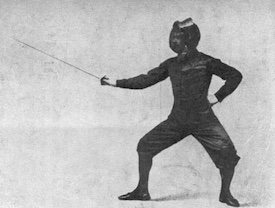EthanWiner
100+ Head-Fier
- Joined
- Sep 17, 2010
- Posts
- 280
- Likes
- 37
Quote:
Timbre - basically frequency response - can definitely be measured. For gear you measure the response the usual way with sine waves etc. For musical instruments you can record them and use an FFT to see the inherent resonances. But you are confusing psychoacoustics, which I have not addressed in this thread, with assessing audio gear. If someone claims that wires or a solid state circuit can "break in" and change the sound over time, that is simple to measure and prove or disprove. And that has nothing to do with human perception. What you describe about instruments being "smudged" together is mostly about EQ choices by the recording engineers, and also the ear's susceptibility to the masking effect.
--Ethan
Not sure how you would measure timbre and get a completely meaningful value. Instrumental separation is how well the instruments are well not smudged together, but each have their own unique voice. Basically my point is that there is a whole lot going on and one cannot reproduce what one hears with measurements and them make any sense if it all. I'm a professional engineer and we love to measure things, but I think this is one area that can't be fully quantified. Ultimately, you just have to listen.
Timbre - basically frequency response - can definitely be measured. For gear you measure the response the usual way with sine waves etc. For musical instruments you can record them and use an FFT to see the inherent resonances. But you are confusing psychoacoustics, which I have not addressed in this thread, with assessing audio gear. If someone claims that wires or a solid state circuit can "break in" and change the sound over time, that is simple to measure and prove or disprove. And that has nothing to do with human perception. What you describe about instruments being "smudged" together is mostly about EQ choices by the recording engineers, and also the ear's susceptibility to the masking effect.
--Ethan

























